The 1985 Penny or Lincoln Cent is quite common, making it generally worth only face value. You can still stumble upon this coin even in your pocket change since billions came into circulation.
But this is not to say that a 1985 Lincoln Cent is impossible to demand hundreds or thousands of dollars. So today, we’ll thoroughly discuss the value of the 1985 penny per grade and color, including the valuable ones. Plus, a list of error coins you can look for.
1985 Penny Value Chart
Since the penny is the lowest face-value coin in the US currency, a circulated condition can only sell for $0.05 to $0.10. It also goes consistent with mint state conditions, valued at around $0.10 to $10 for those with reduced mint luster. But, the 1985 1C RB and Proof coins take a step higher as they can fetch $7.50 to $6,250 and $1.50 to $425, respectively.
Now, before we get into the details of each variety, here is a quick 1985 Penny value chart.
| Mint Location | Mintage | Coin Series | Estimated Value |
|
Philadelphia |
5,648,489,887 |
1985 1C BN | $0.05-$7.50 |
| 1985 1C RB | $0.50-$10 | ||
| 1985 1C RD | $7.50-$6,250 | ||
|
Denver |
5,287,399,926 |
1985-D 1C BN | $0.05-$7.50 |
| 1985-D 1C RB | $0.50-$10 | ||
| 1985-D 1C RD | $10-$3,100 | ||
|
San Francisco |
3,362,821 |
1985-S 1C PF RD CAM | $1.50-$15 |
| 1985-S 1C PF RB DCAM | $1.50-$15 | ||
| 1985-S 1C PF RD DCAM | $0.25-$425 |
1985 Penny History
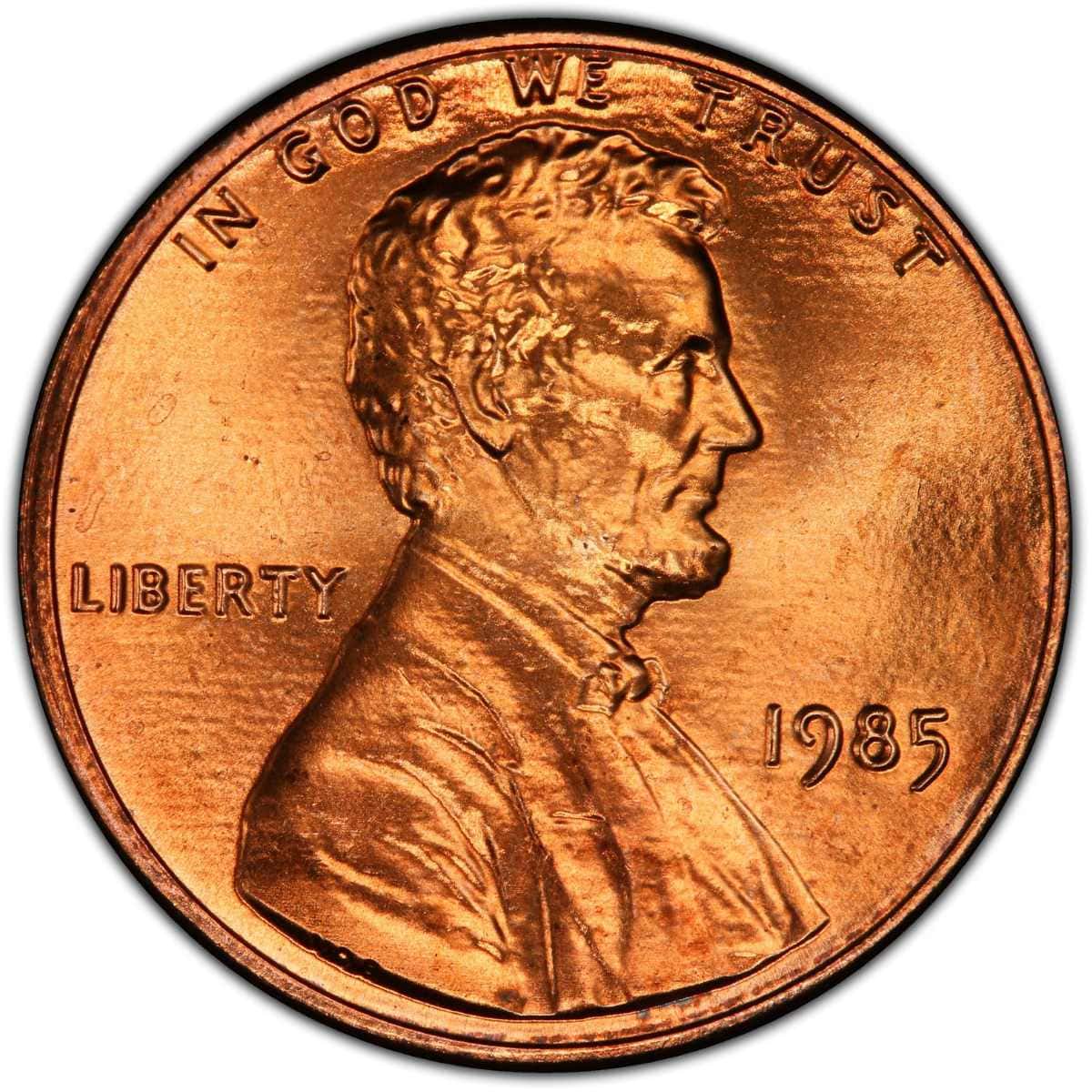
The 1985 Lincoln Penny is part of the long-running Lincoln Cent Series. Moreover, it was the 4th year when the cent finally settled on a lightweight composition.
The Lincoln penny originally contained 95% copper, 5% tin, and zinc. But after a few decades and three more compositions, they ended up with copper-plated zinc, beginning in 1982.
The Mints had to recompose the coin as the copper value rose above the cent in the early 1980s. Zinc, generally, was the cheaper option. Then, they coat it with a thin layer of copper to make the color consistent with other issues.
During this year, Philadelphia, Denver, and San Francisco worked to roll out billions of regular strike coins and over 3 million proof cents. With this massive number, you can expect most grades to be easily obtainable at low value.
1985 Penny Coin Information
- Category: Lincoln Cents, Memorial Reverse Zinc (1982-2008)
- Face Value: One Cent
- Obverse Designer: Victor D. Brenner
- Reverse Designer: Frank Gasparro
- Metal Composition: Copper-plated zinc (97.5% zinc, 2.5% copper)
- Weight: 2.5 grams
- Diameter: 19.00 millimeters
- Edge: Plain
The 1985 penny is the 26th issue after the Mint replaced the original wheat design of V.D. Brenner. In 1959, Frank Gasparro designed a new reverse depicting the Lincoln Memorial.
The changes mark the 150th anniversary of Abraham Lincoln’s birth and the 50th birth of the Lincoln Cent. Above the memorial are the words UNITED STATES OF AMERICA and E PLURIBUS UNUM. Then, below is an enormous lettering of the denomination—ONE CENT.
The obverse side still features the portrait of President Lincoln, along with the words IN GOD WE TRUST, LIBERTY, and Mint year. There were no changes in the design, which remained the same until today.
What Does BN, RB, RD Means In Lincoln Cents?
Brown (BN), Red-Brown (RB), and Red (RD) are three categories of copper coinage. These abbreviated color designation, alongside the grade, helps determine the coin value.

BN coins usually refer to circulated conditions as they almost have diminished original mint red color. But it is possible for a BN to have samples in a mint state condition. Meanwhile, the RB sits in between and often has a grade of MS60 or better.
It holds the widest range of colors, as grading services denote these with coins that have 5% to 95% original luster. Lastly, RD is the highest copper-specific grade designation you can get. Coins with this label have at least 95% intact mint luster and can likely fetch a high value.
So, now that we’ve covered the fundamentals—let’s go into the valuation of each 1985 Penny variety. Learn more about U.S. Coin Color.
1985 (P) Lincoln Penny Value

Over 5 billion Lincoln pennies rolled out of the Philadelphia Mint, each distinguishable by the lack of mintmark. You can find circulated grades without a hassle and sell them for $0.05 to $0.10.
This estimated value is the same as its brass counterpart from 1959 to 1982. However, many are only good for daily transactions and not worth saving, especially if worn. Even a 1985 BN in mint state only sells for a cent or a couple of dollars, precisely $0.10 to $7.50.
But this changes to pennies that have slightly or completely preserved mint luster. A 1985 RB penny offers an estimated value of $0.50 to $10 for grades MS60 to MS67.
Although, it can potentially reach almost a hundred dollars if placed in front of the right audience. An example is this MS66 RB that sold for $99.95 during a live auction on eBay.

Now—if you want to focus on high grades with red luster, expect MS67 and above to be hard to find. These grades can sell for a small premium, especially those with a plus designation.
The estimated value of a 1985 penny RD can fetch $7.50 to $6,250. A quick tip if you’re searching for an MS68: It is easier to buy a sample than to try and find one.
| 1985 (P) Lincoln Penny Value Chart | |||
| Coin Grade | 1985 BN Penny | 1985 RB Penny | 1985 RD Penny |
| Circulated
(G4-XF40) |
$0.05 | / | / |
| About Uncirculated (AU50-AU58) | $0.05-$0.10 | / | / |
| Uncirculated
(MS60-MS64) |
$0.10-$1.50 | $0.50-$4 | / |
| Gem Uncirculated
(MS65 and above) |
$2.50-$7.50 | $5-$10 | $7.50-$6,250 |
1985-D Lincoln Penny Value

Denver also released over 5 billion Lincoln cents for this year. The variety has a large D mintmark below the mint year on the obverse side. However, this addition did not elevate much of the coin value due to high mintage.
Both circulated conditions and mint states in BN and RB are similar in worth with the no mintmark variety. A 1985-D BN penny in circulated condition sells for $0.05 to $0.10, while an uncirculated condition remains unchanged for $0.10 to $7.50.
In 1985-D RB, it has a matching value of $0.50 to $10. But then again, it fetched higher in open auctions like this MS66 RB that sold for $110 after a final offer on eBay.
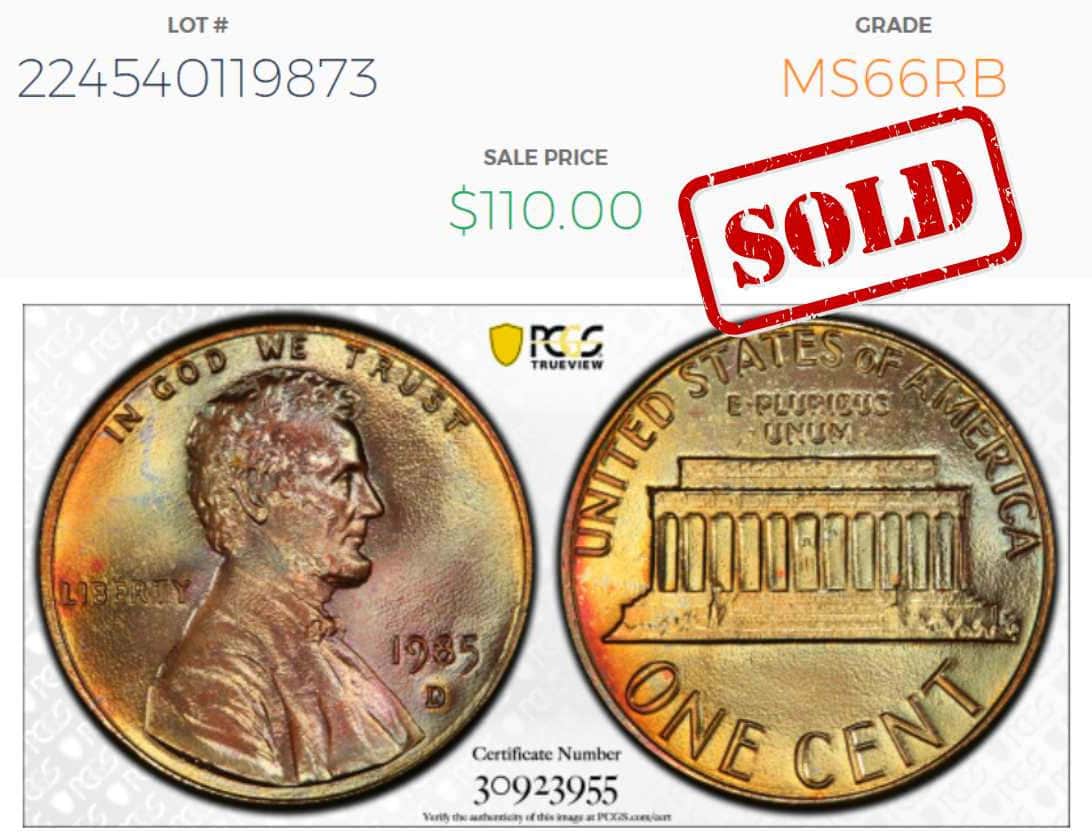
Generally, the Denver Mint produces a sharp-struck coin with a pleasing appearance. However, in 1985, the Mint faced a manufacturing error where the zinc coating bath got contaminated.
As a result, some samples have less than the planned amount of copper to cover the zinc. Indeed, the situation imparted a flaw and uniqueness to the coin. However, it does not bring extra value to the penny.
A 1985-D penny with full luster can sell for $10 to $3,100. As you may notice, it is almost half the value of the 1985 (P) variety, even if the highest grade is MS69. It is because of the number of samples available in the market. An MS68 alone already has over 250 specimens, compared to the previous variety, with less than a hundred known.
| 1985-D Lincoln Penny Value Chart | |||
| Coin Grade | 1985-D BN Penny | 1985-D RB Penny | 1985-D RD Penny |
| Circulated
(G4-XF40) |
$0.05 | / | / |
| About Uncirculated (AU50-AU58) | $0.05-$0.10 | / | / |
| Uncirculated
(MS60-MS64) |
$0.10-$1.50 | $0.50-$4 | / |
| Gem Uncirculated
(MS65 and above) |
$2.50-$7.50 | $5-$10 | $10-$3,100 |
1985-S Proof Lincoln Penny Value

The San Francisco Mint produced a limited amount of proof coins this year. But the numbers is enough to make it a common variety compared to other 1980s issue. Among all the grades, the MS69 tops the census with a couple of thousands recorded. With this result, it is no shock that the 1985 Proof coins only sell for a few dollars.
A 1985-S PF RD CAM is valued at $1.50 to $15 for grades PF65 to PF69. This value range also applies with a PF RB DCAM, despite the difference in contrast level. As we mentioned earlier, an RD usually has the upper hand in terms of color. So, despite the former only having a CAM designation, it can still be at par with an RB DCAM.
Moving on to another variety, a PF-60 to PF-69 RD DCAM can sell from $0.25 to $25. However, there is a tremendous gap with the PF-70, which has an estimated value of $425. Again, the PF-69 and below have thousands of examples, but the PF-70 only has a hundred, making it worth the money.
| 1985-S Proof Lincoln Penny Value Chart | |||
| Coin Grade | 1985-S PF RD CAM | 1985-S PF RB DCAM | 1985-S PR RD DCAM |
| PF-60 | / | / | $0.25-$0.35 |
| PF-61 | / | / | $0.50-$0.60 |
| PF-62 | / | / | $0.75-$0.85 |
| PF-63 | / | / | $1-$1.25 |
| PF-64 | / | / | $1.50-$1.75 |
| PF-65 | $1.50-$1.75 | $1.50-$1.75 | $2-$2.50 |
| PF-66 | $2.50-$3.50 | $2.50-$3.50 | $4-$5 |
| PF-67 | $5-$5.50 | $5-$5.50 | $6.50-$7.50 |
| PF-68 | $6.50-$7.50 | $6.50-$7.50 | $8.50-$11.50 |
| PF-69 | $15 | $15 | $25 |
| PF-70 | / | / | $425 |
1985 Penny Error Coins
Error coins are no longer new in the Lincoln Penny scene. You may encounter a striking error, a transitional error, or—the most common—die errors. But here lies the most significant question: Are 1985 error pennies worth money? If you’re wondering what to look for and how much they’re worth in the open market, then here’s a list of some errors to know:
1985 Doubled Ear Penny
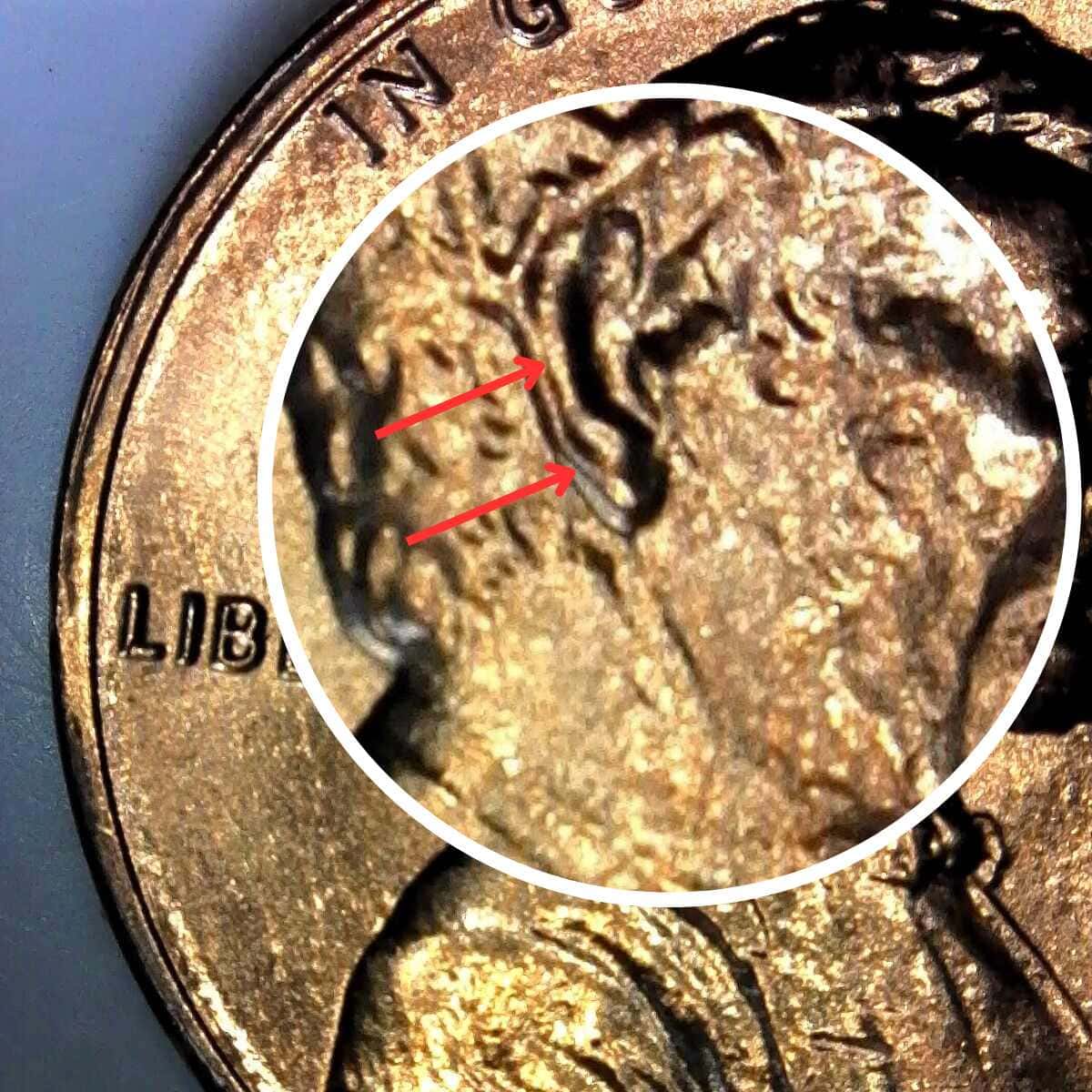
A Lincoln Cent with a doubled ear can do the trick if you’re searching for an error coin that could sell for hundreds of dollars. This hub doubling displays an additional earlobe towards the bottom of Lincoln’s ear. It happens when a hub and the working die get slightly misaligned, causing a modified design.
A Lincoln cents with this type of error can sell for $250 to $300.
1985 Misaligned Die Penny
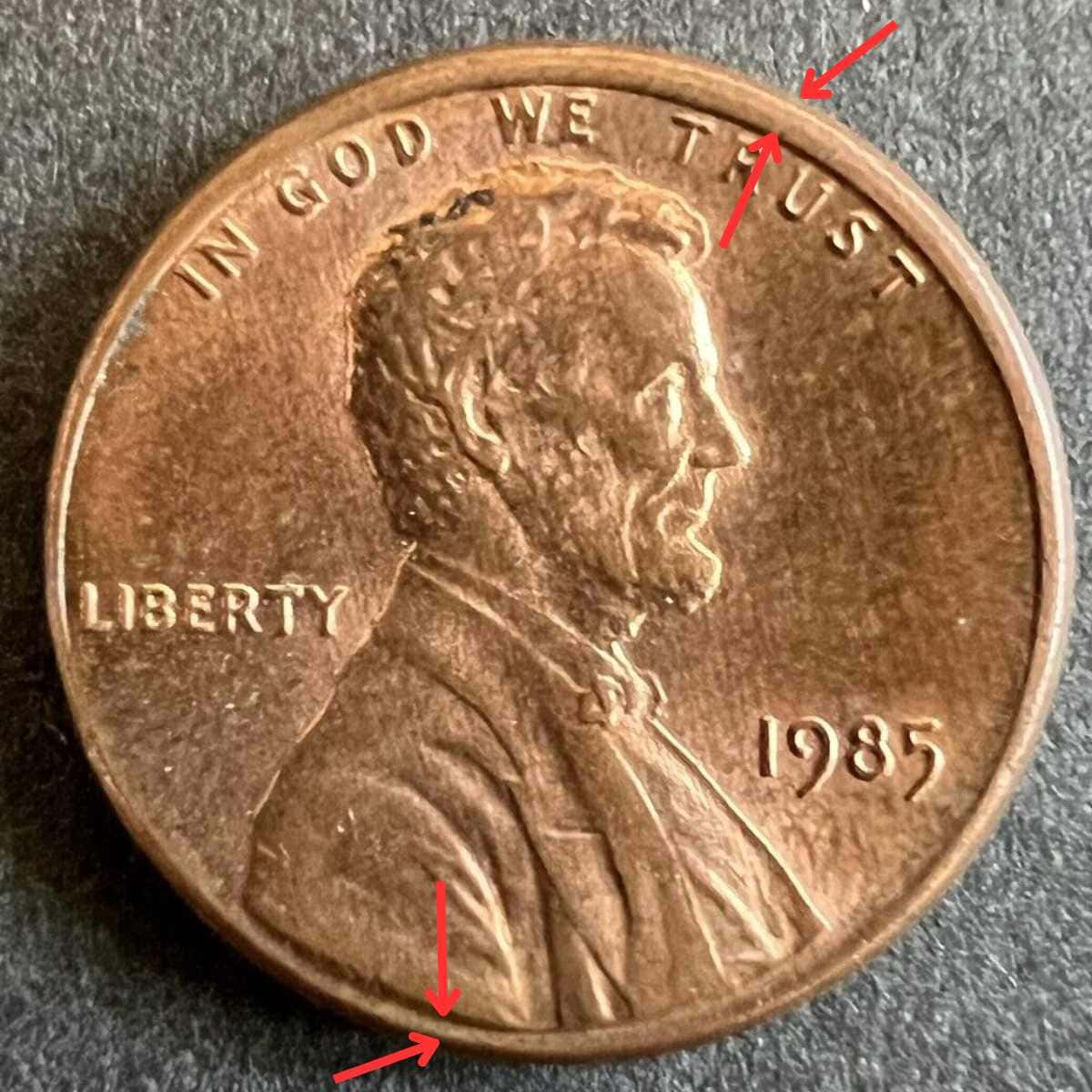
A misaligned die is a type of hub and die error where the obverse design is off-center, but the reverse is centered. It happens when the hammer die is misaligned over the anvil upon striking. Sometimes, it may cause missing elements, depending on how far the design is pushed to the edge.
Misaligned die Lincoln cents don’t usually sell much. So for this, you can expect around $2.50 to $10.
1985 Struck On Unplated Planchet Penny

If you searched for unplated planchet error coins, there is a high chance that Lincoln cents would appear first. This error was common in the early 1980s since the Mint introduced the zinc-copper alloy planchets.
It happens when some planchet misses the plating process, resulting in a grayish-white colored coin. But beware of cents that may seem suspiciously tampered with. Some opportunists may remove the plating and sell it for a few bucks.
A cent struck on an unplated planchet can sell for $30 to $200, depending on the condition.
1985 Rotated Reverse Penny
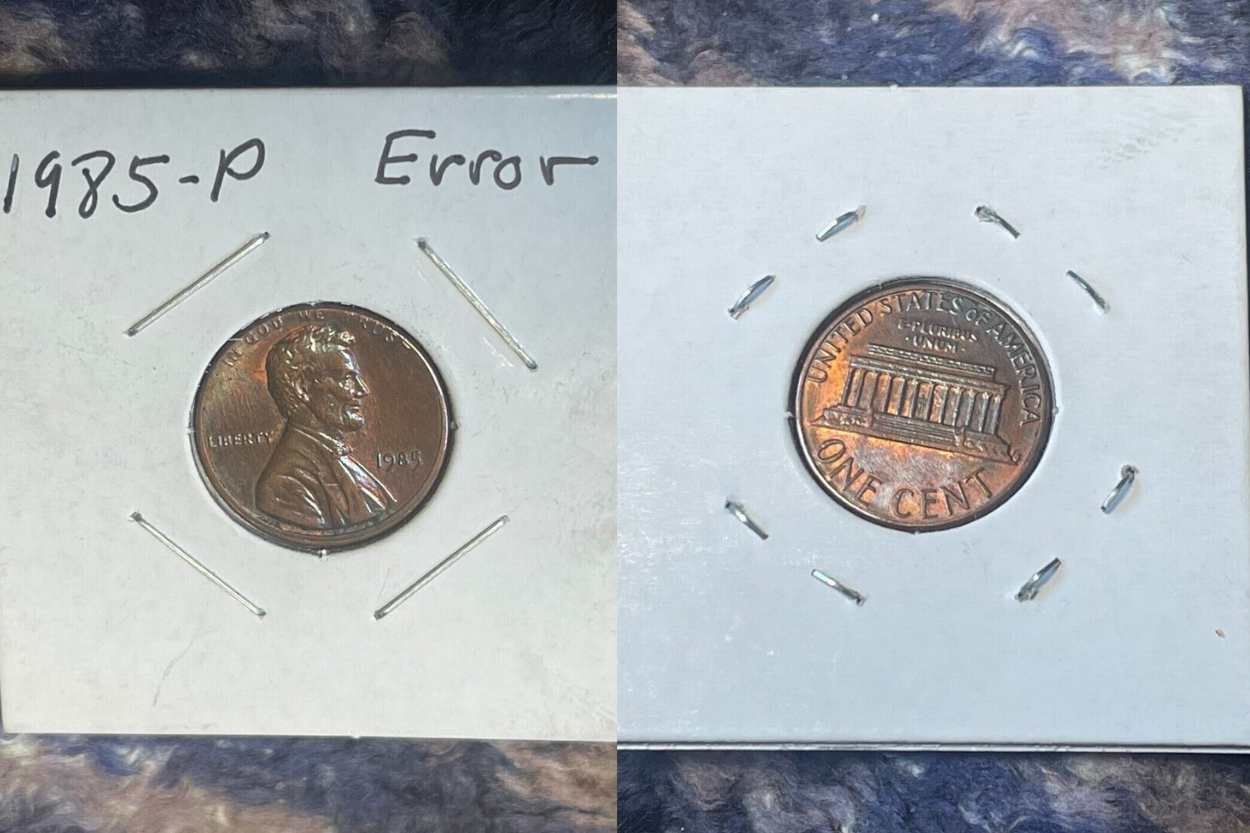
A rotated reverse is also a type of die error where one of the dies spins and causes the reverse design to point in a different direction. In most cases, the hammer die is the culprit of this error. But another scenario could be through a wrongfully positioned die relative to the opposite die.
The value of this coin depends on the degree of the rotation. But generally, it can cost around $9 to $100+.
1985 Plating Blisters Penny
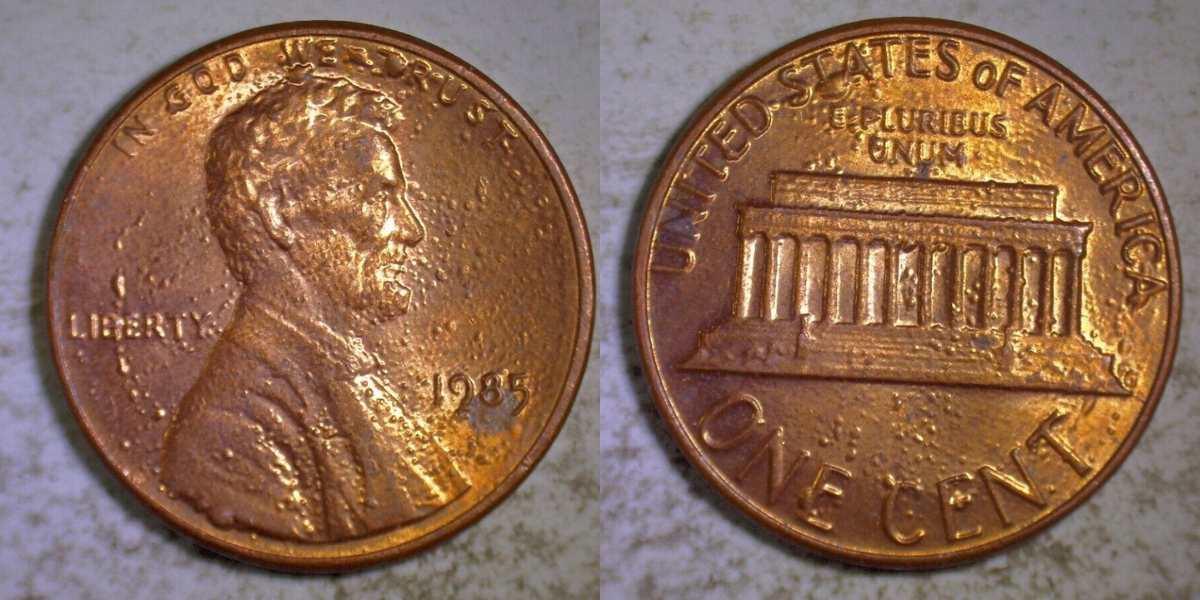
A coin blister is a result of a planchet error, which only happens in copper-plated cents. Usually, it looks like tiny bubbles on the coin’s surface, but it can also present as a long linear blister. This error happens when the gas expands during striking and pushes up the copper plating due to heat and pressure.
Lincoln cents with this error can sell for $4 to $20. But that may depend on the appearance of the coin.
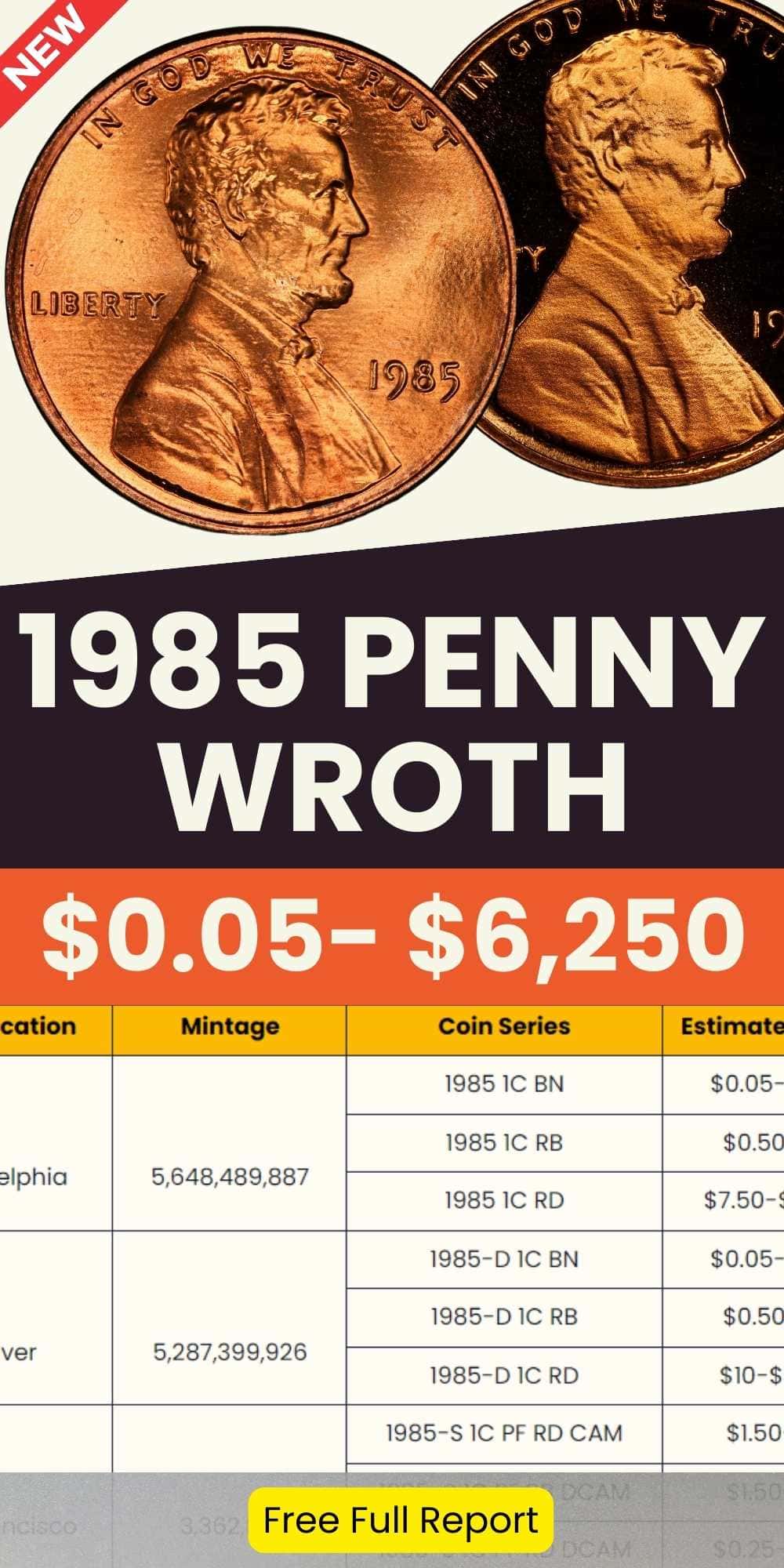

Jenson is a professional numismatist, a dedicated coin collector, a graduate of the College of Business at Oregon State, a life member of the American Numismatic Association (ANA), and an overall coin nerd. He is the founder of Coin Value List.
